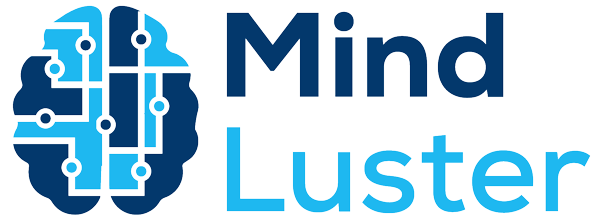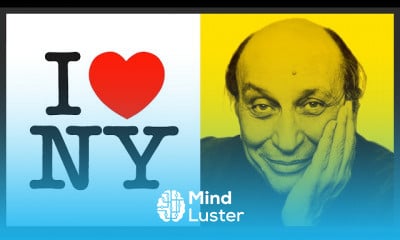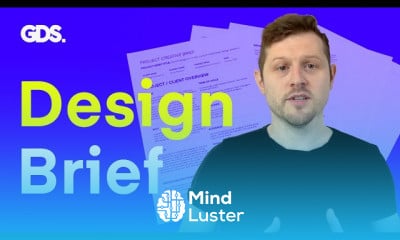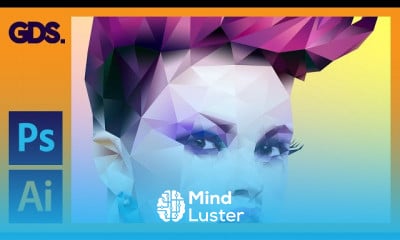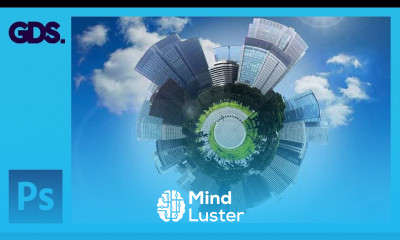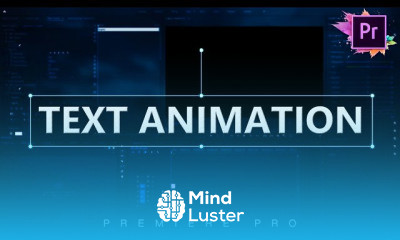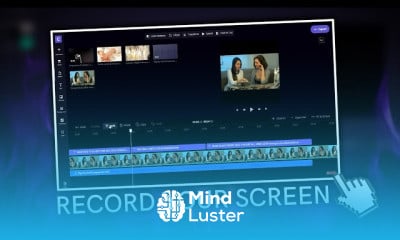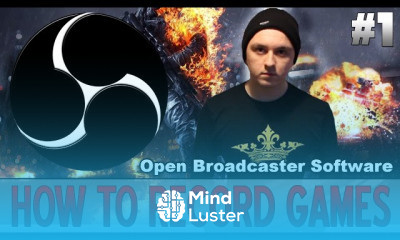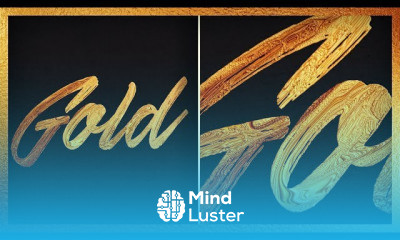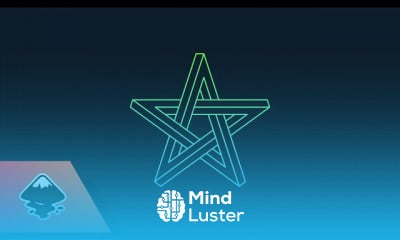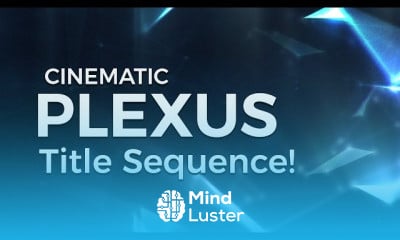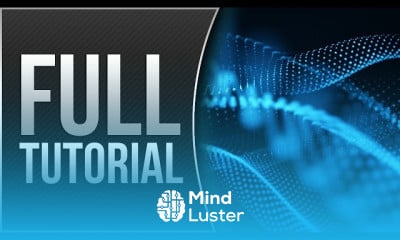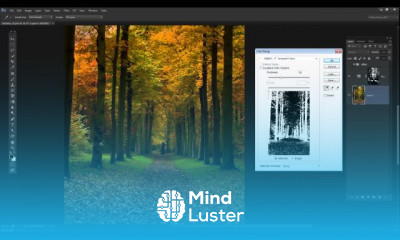Fixing Star Wars with After Effects | Face Swap VFX tutorial
Share your inquiries now with community members
Click Here
Sign up Now
Lessons List | 6
Lesson
Comments
Related Courses in Graphic Design
Course Description
In recent years, deep learning has increased the modern scope of animation, making it more accessible and powerful than before. Artificial intelligence has become a shiny new weapon in the creator’s arsenal. The advancement of hardware and AI has blurred the lines between virtual and real characters(eg: movies like Alita). Something that could have taken hours to perform by animators is being done by automation in minutes.
According to Statista, the global animation market is expected to grow from $259 billion in 2018 to 270 billion by 2020. Animation has reached new heights because of the rapid evolution of deep learning and the proliferation of software tools. Here are some examples of how Artificial intelligence and machine learning are bringing animation to life in studios.
Rotoscoping is the technique of creating animations by drawing each animated sequence over the corresponding live-action sequence. It lets animators produce realistic characters who move like humans. For a long time, the animation industry has been using rotoscoping to create visual effects that feel more fluid on the screen. The original Star Wars films are an excellent example of rotoscoping. Through the technique of rotoscoping, animators were able to create the visual effects of the lightsaber. Disney used this method heavily for the first time in Snow White and the Seven Dwarves. Actors would be cast to provide guides for the animators’ movements. Since the studio used the stop motion technique for many of their films, they found it an excellent alternative to traditional animation techniques, including their animated films like Alice in Wonderland.
Video post-production in the animation industry is quite a repetitive process that requires manually composing, tracking and rotoscoping animation. However, AI and deep learning development have finally automated the time-consuming manual work, which has decreased cost by a considerable margin.
(Source: LAIKA)
LAIKA, the renowned studio that created films like Coraline, ParaNorman, Kubo and the Two Strings, and The Boxtrolls, has partnered with Intel to combine machine learning and Artificial Intelligence to develop tools that will accelerate rotoscope tasks. LAIKA’s stop-motion films use unique character design and 3D-scanned facial animation, proving a challenge for repetitive tasks. Intel is therefore focusing on tools that will help make the animators work processes more efficient and streamline the design process.
Trends
Graphic design tools for beginners
Theory of Computation
Web Design for Beginners
Accounting Finance course
Logo Design
Graphic Design Basics
Accounting
Best zoology books
Web design basics
Web Design Using HTML CSS
Figma globe icon design
Master graphic design techniques
SQL for accountants and finance managers
Figma Signing Up and Signing In
Education Biotechnology
Digital Logic Families in Digital Electronics
Figma fast design techniques
General Embryology 2
Anatomy Physiology
company accounts fundamentals
Recent
Bioinformatics basics
Bioinformatics databases
Vitamin A to Z tablets
Best zoology books
Best cream for piles pain
Laser surgery for piles
Best cream for piles
Anal fissure treatment
Best antibiotics for diseases
Antibodies structure
Macrophage structure
Drosophila genetics
Diagnostic tests
Bioinformatics
Genetics
Gene therapy
Kidney structure
DNA replication and types
Bacterial cell structure
Parasite structure
